Hanoi – Vietnam’s Capital
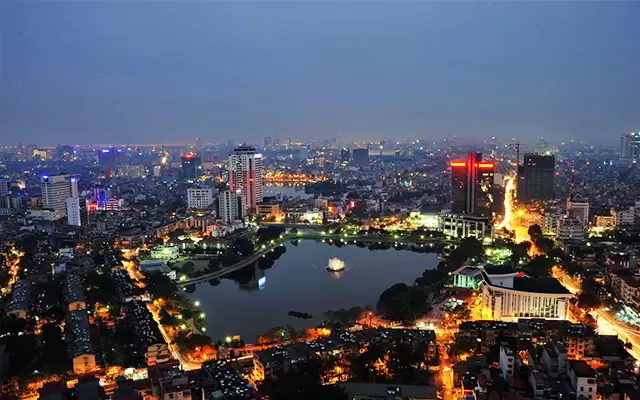
Welcome to Hanoi, Vietnam’s captivating capital, where ancient history and vibrant modernity seamlessly blend. With over a thousand years of rich history, Hanoi offers an eclectic mix that promises something for everyone. As you wander through the bustling streets of the Old Quarter, you’ll be enchanted by the traditional commercial hustle, lively street markets, and charming shop-house architecture. The frenetic energy here contrasts beautifully with the serene surroundings of Hoan Kiem Lake, the historic Temple of Literature, and the lush, shady parks scattered throughout the city.
Hanoi is a city of numerous captivating faces. The French colonial districts boast regal architecture and quiet lakes, while the dynamic culture is palpable in every corner, from the chaotic traffic to the tantalizing aromas of the vibrant street food scene. Key landmarks like the iconic Hoan Kiem Lake, the ancient Temple of Literature, and the bustling Old Quarter showcase the city’s unique blend of old and new.
In this guide, we’ll take you on a journey through Hanoi’s most iconic sights, hidden gems, and unforgettable experiences. Get ready to immerse yourself in the dynamic culture, savor the unique flavors, and uncover the secrets of this millennia-old city. Join us as we help you discover all about Hanoi, a city that never ceases to amaze.
| Fact | Details |
|---|---|
| Vietnam’s Capital | Hanoi is the capital city of Vietnam. The name “Hanoi” literally translates to “City of Lakes” due to the many bodies of water that dot the city |
| History | Hanoi has a history that spans over a thousand years, with its origins dating back to 1010 AD. |
| Political Center | It is the political center of Vietnam, housing the Presidential Palace, Ho Chi Minh Mausoleum, and government offices. |
| Old Quarter | The Old Quarter of Hanoi is famous for its ancient streets, each named after the goods traditionally sold there. |
| Hoan Kiem Lake | Located in the heart of Hanoi, Hoan Kiem Lake is a scenic spot known for the Ngoc Son Temple and Turtle Tower. |
| Eiffel Tower Connection | The Long Bien Bridge, a symbol of Hanoi, was designed by the same engineer who created the Eiffel Tower [2, 3]. |
| Ho Chi Minh Mausoleum | The final resting place of Ho Chi Minh, the founding father of modern Vietnam. |
| Temple of Literature | Vietnam’s first national university, dedicated to Confucius, scholars, and sages. This historic temple, dedicated to Confucius and education, is featured on the Vietnamese 100,000 dong note. |
| Hanoi Train Street | A narrow street with train tracks running through it, where locals and visitors can watch the train pass close by. |
| Thang Long Imperial Citadel | A UNESCO World Heritage Site, showcasing the history and development of the Vietnamese capital over more than a millennium. |
| Dong Xuan Market | The largest market in Hanoi, offering a variety of goods from food to clothing and souvenirs. |
| Cultural Hub | Hanoi is known for its rich culture, featuring French colonial architecture, traditional temples, and vibrant street life. |
| French Colonial Influence | The city features many buildings with French colonial architecture, including the Hanoi Opera House and St. Joseph’s Cathedral. |
| Water Puppetry | Hanoi is famous for its traditional water puppet shows, which originated in the Red River Delta. |
| Cuisine | The city is renowned for its street food, including pho (noodle soup), bun cha (grilled pork with noodles), and egg coffee. |
| Economic Growth | Hanoi is a rapidly developing city, with a growing economy and numerous business opportunities. |
| Transport | The city has a mix of modern and traditional modes of transport, including motorbikes, cyclos, and an expanding metro system. |
| Festivals | Hanoi hosts several important festivals, such as Tet (Lunar New Year) and the Mid-Autumn Festival. |
| Climate | Hanoi has a humid subtropical climate, with hot, humid summers and cool, dry winters. |
| Education | Home to many of Vietnam’s top universities and educational institutions. |
| Red River | The Red River runs through Hanoi, providing a picturesque setting and playing a significant role in the city’s history and culture. |
| Mosaic Marvel | Hanoi boasts the world’s largest mosaic mural, a stunning artwork depicting Vietnamese history and culture. |
Table of Contents
History of Hanoi – Vietnam’s Capital
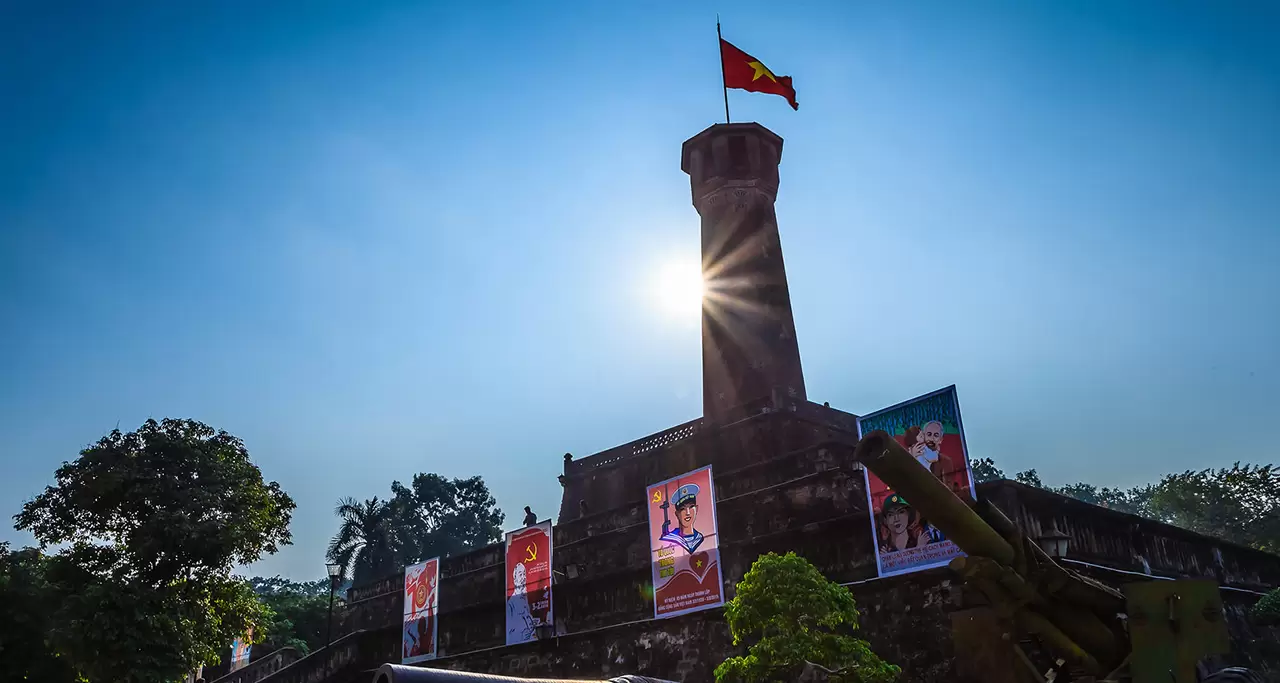
Originally a small settlement along the banks of the Red River, the city was founded as Thang Long (Rising Dragon), the capital of imperial Vietnam, by King Ly Thai To, the first ruler of the Ly dynasty (1009 – 1225). Thang Long remained the most important political and cultural center of Vietnam until 1802, when the last imperial dynasty of Vietnam, the Nguyen (1802 – 1945) moved it south to Hue. In 1831, King Minh Mang, the second king of the Nguyen dynasty, renamed Thang Long into Hanoi (meaning “inside river”). In 1873, Hanoi was conquered by the French and it again became an important administrative center. In 1902, the city was the capital, not just Vietnam, but of all French Indochina.
From 1940, Hanoi was occupied by the Japanese forces and liberated in 1945. On 2nd September 1945, President Ho Chi Minh declared the Independence, gave birth to the Democratic Republic of Vietnam and chose Hanoi as the capital. It was such a momentous event for not only Hanoi but also Vietnamese people after years and years fighting consistently for independence. By 1954, French forces left and North Vietnam was liberated by Viet Minh and Hanoi became the capital of the newly established Communist State of North Vietnam and lasted during the War (1955 – 1975). When North and South Vietnam were re-unified in 1975, Hanoi became the capital of a Socialist Republic of Vietnam.
Dynamic and Modern Hanoi
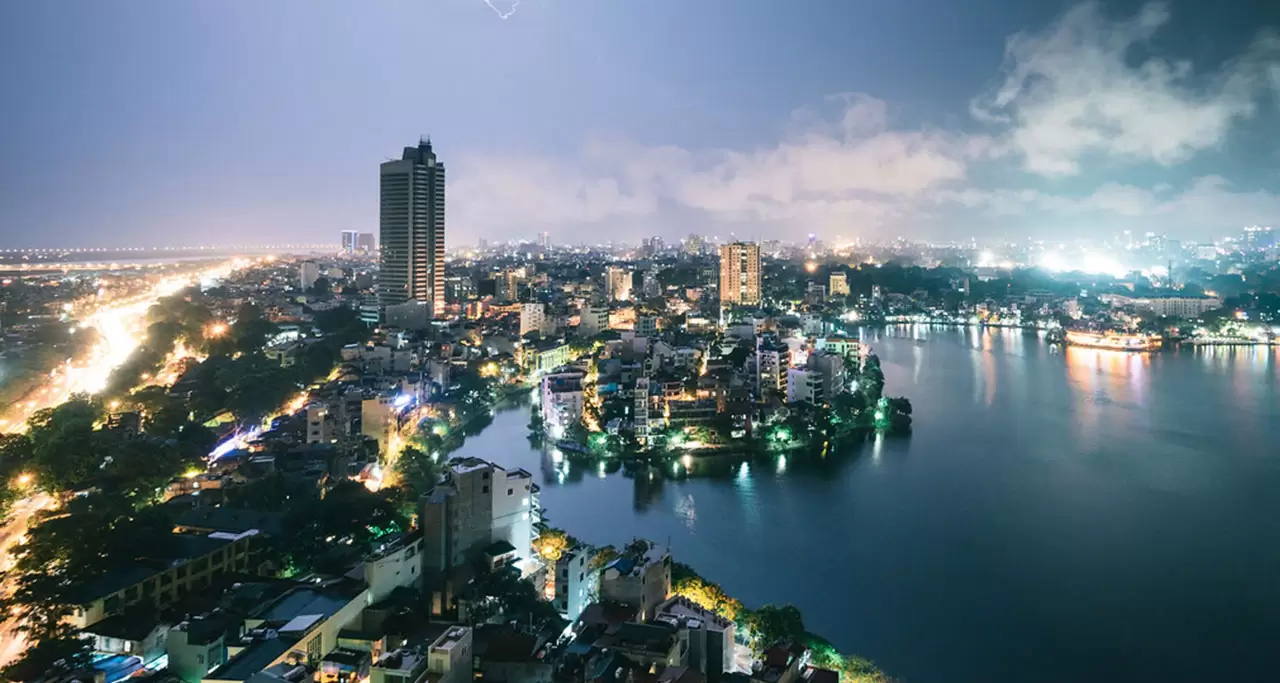
After reunification of two regions North – South, Vietnam entered subsidy period and adopted a new approach called the socialist-oriented market economy since 1986, which has spurred rapid economic growth. Years by years, Hanoi has changed dramatically in its economic development, appearance and infrastructure, which made it become one of the fastest-growing cities in South East Asia.
In 1999, Hanoi was recognized as the “City for Peace” by UNESCO for its contributions to the struggle for peace as well as its development that meet the organization’s standards of equality in the community, the urban construction, living environment protection, culture and education promotion, and care for young generations. In 2010. the city celebrated the 1000th anniversary. It was a amazing festival with fireworks and great celebrations.
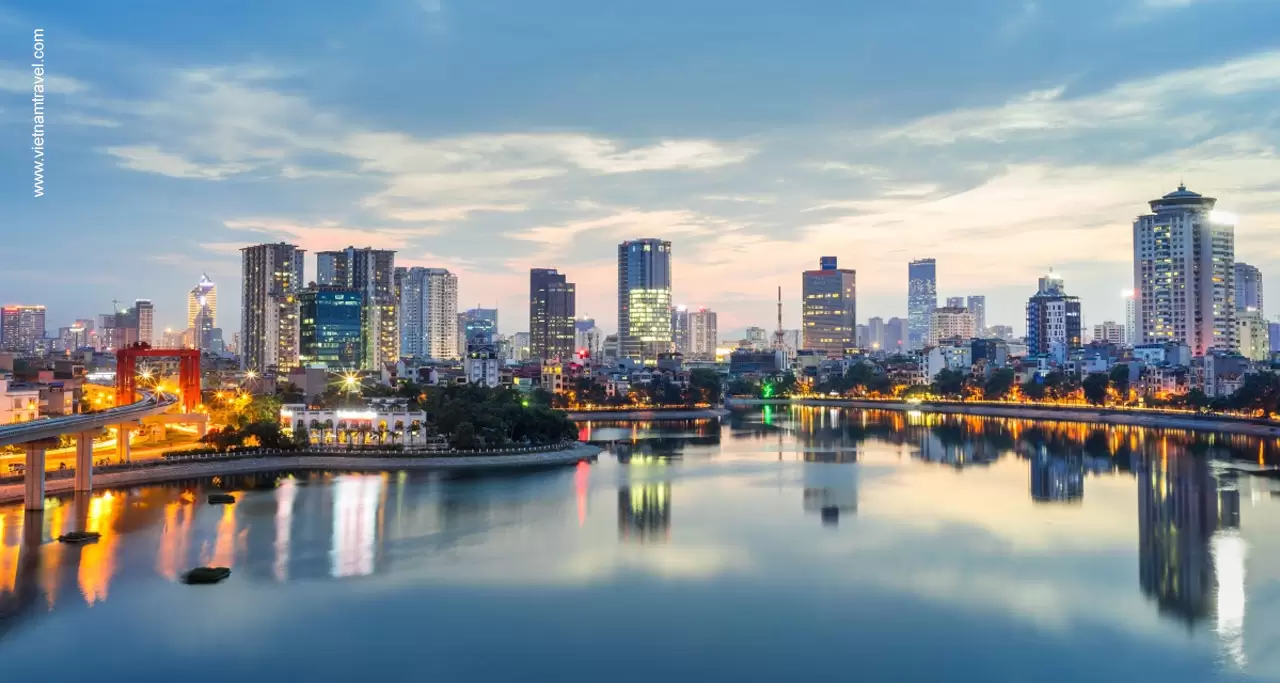
Nowadays, Hanoi is the second most populous city in Vietnam with a large number of immigrants and students from other provinces moving here for better jobs and better education. Though it is chaotic with thousands of loud motorbikes on the streets, commercial bustling street markets and messy traffic every day, the charm of the city is hidden behind. It attracts a lot of both domestic and international tourists visiting each year thanks to its historical sites, peaceful lakes, atmospheric streets lined with traditional buildings as well as a stunning blend of Indochinese and French colonial influences.
One more thing that makes Hanoi special is its people. Hanoians are known for the long-standing tradition of elegance and courtesy. When visiting Hanoi and interacting with the locals, you will find their hospitality, enthusiastic and politeness. Living for a long time in this city, they always maintain their cultural customs, values and beliefs despite of changes and urbanization.
Hanoi Weather
Hanoi features the typical climate of northern Vietnam with 4 distinct seasons. Winter from November to February sees the coolest and driest days with average temperatures of 10-15°C. Spring runs from February to April when the weather is more pleasant and warmer. From May to August comprises the Summer, characterized by strong Sun and high humidity from abundant rainfall. The Autumn, from September to November, is generally sunny and mild.
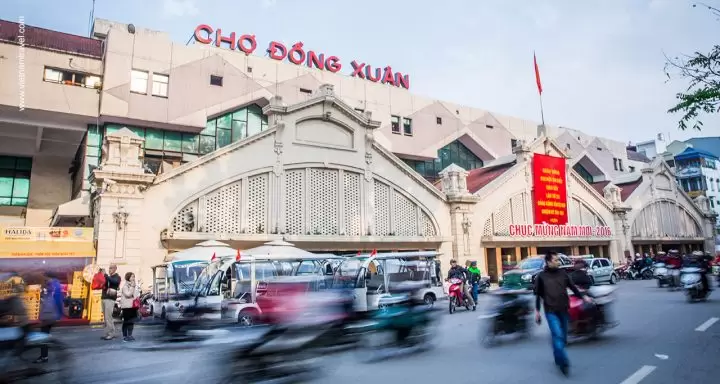
The best time to come to Hanoi is from September to December or from Feb to April, when the weather is mild. Temperatures during these months range from 18°C to 28°C and the days stay relatively dry.
Read more about Hanoi Weather
Things to do in Hanoi
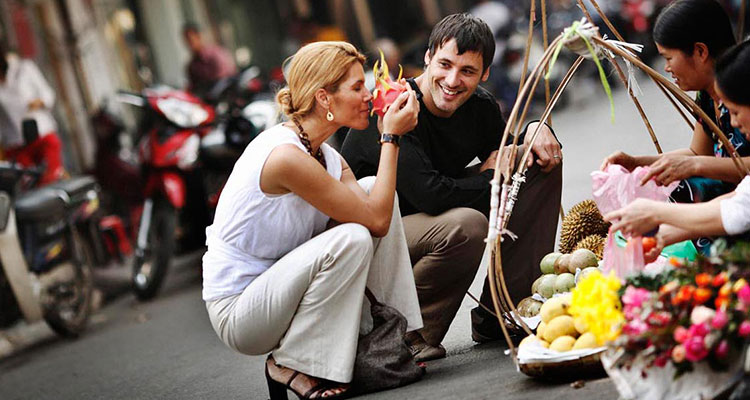
Hanoi – Vietnam’s capital is rich in history, with the streets of its rambling Old Quarter dating back to the 14th century. Wandering these tree-lined lanes past crumbling colonial facades will bing you back in time. However, the ancient city is being invigorated with modern cafes, World-classed restaurants, and cool Art galleries. There is an endless list of activities in Hanoi for the first-time visitor such as wander around Hanoi Old Quarter, taste local foods, watch Water Puppet Show, a typical form of Vietnamese art existed for more than 1000 years, etc.

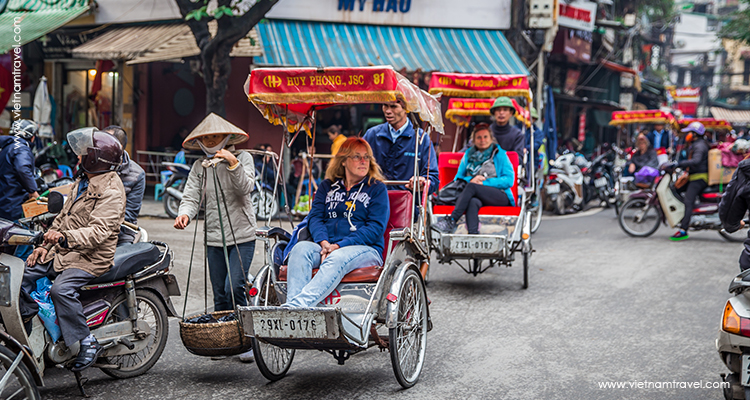
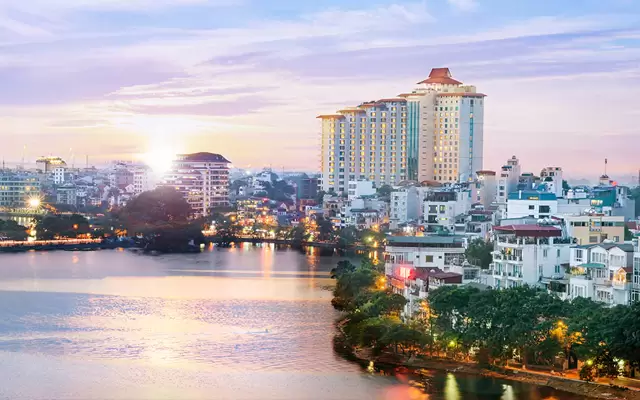
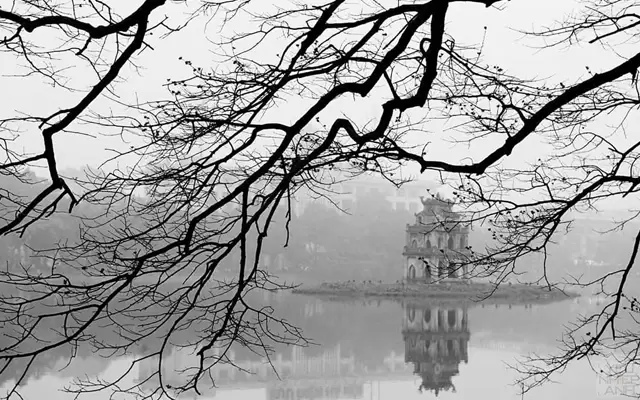
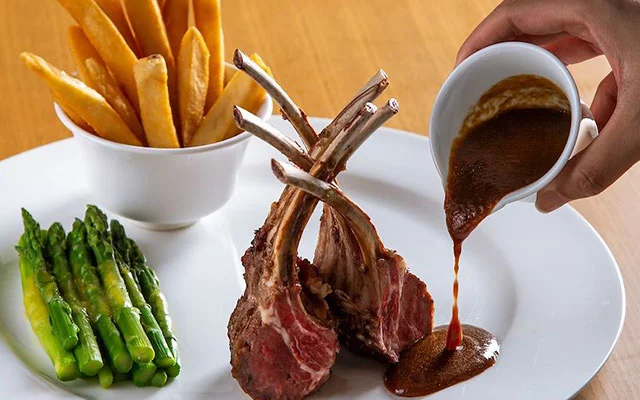
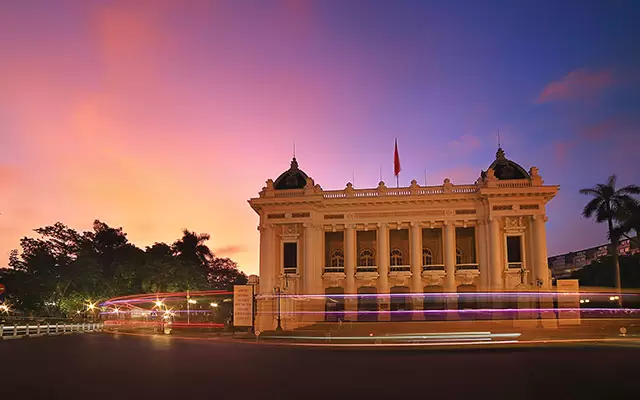

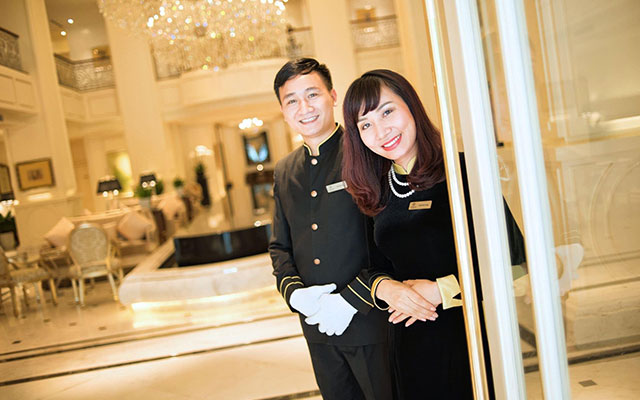





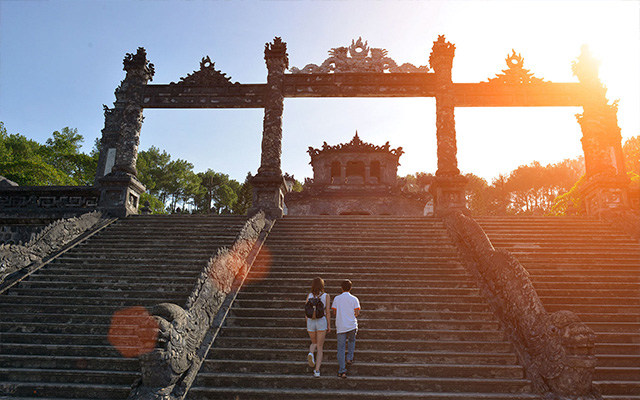
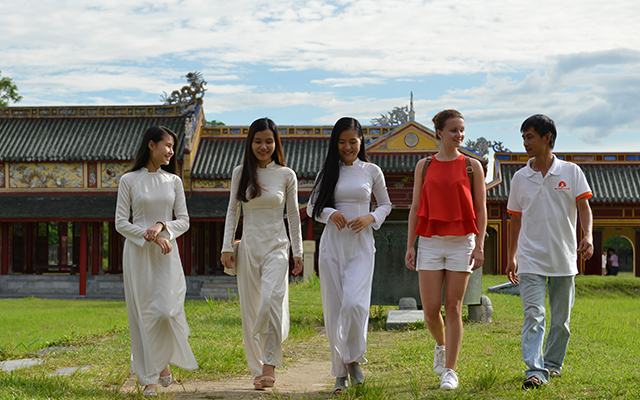
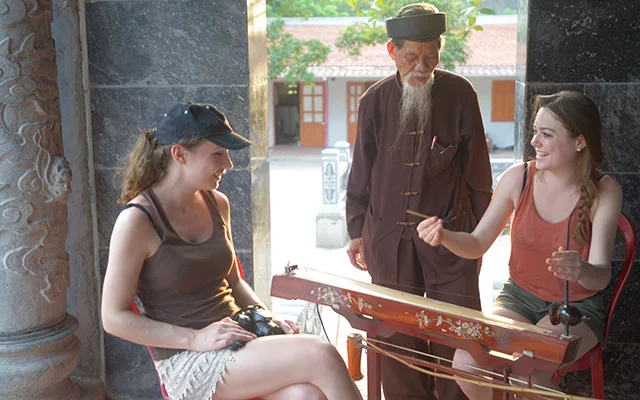
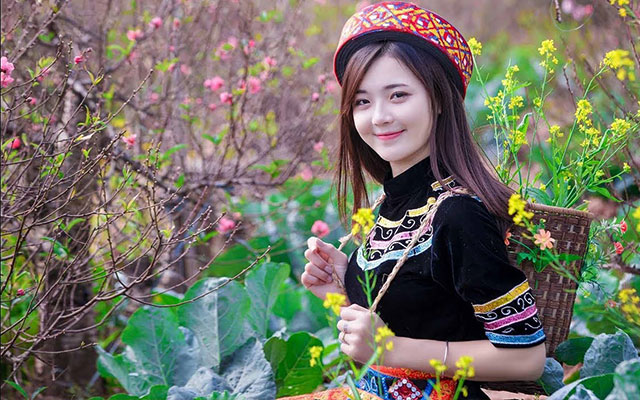
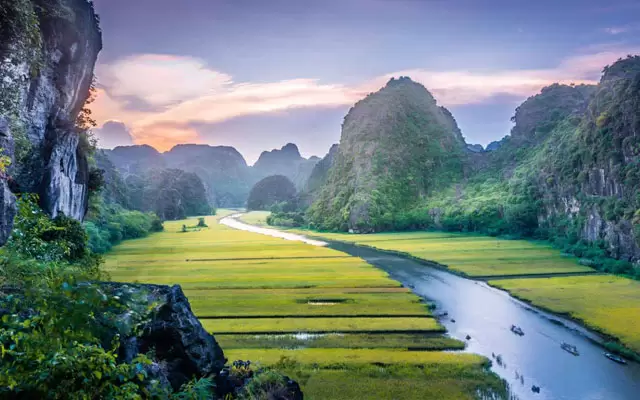
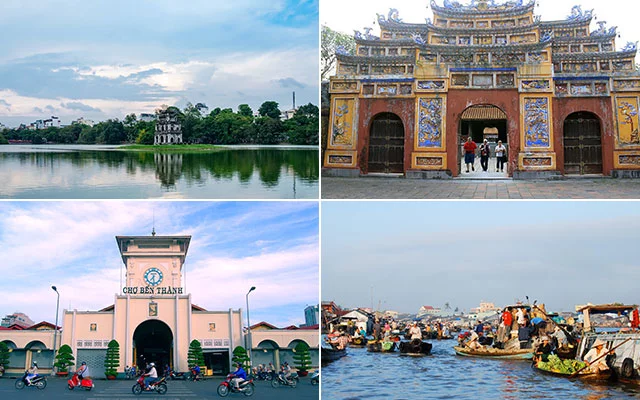

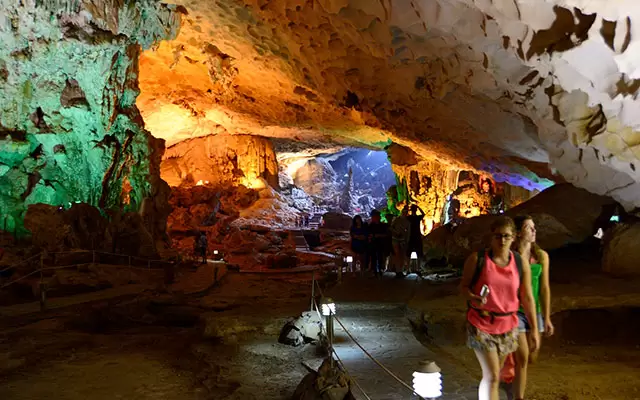

I was invited to opening of Hanoi Towers on January 26 1999.